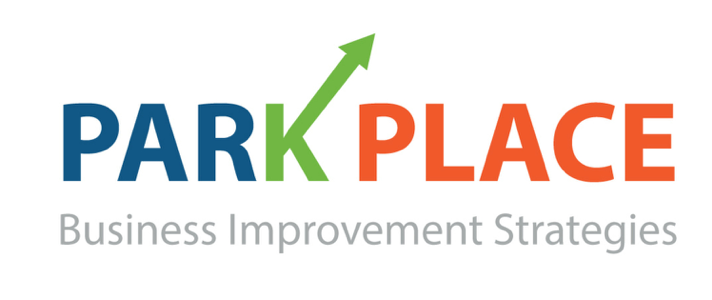Managing Cash Flow Step 4: Make it Easy to Pay
WELCOME TO STEP 4 OF OUR CASH FLOW SERIES…
6 STEPS TO MANAGING CASH FLOW PROBLEMS
1. IDENTIFY THE REAL PROBLEM
2. ASK FOR PAYMENT SOONER RATHER THAN LATER
3. INVOICE MORE ACCURATELY, EARLIER AND/OR MORE OFTEN
4. MAKE IT FAST AND EASY FOR YOUR CLIENT TO PAY
5. COLLECT ON YOUR INVOICES
6. STAGGER YOUR MAJOR EXPENSES
4. MAKE IT FAST AND EASY FOR YOUR CLIENTS TO PAY
Questions to ask:
Are you sending your invoices via email?
When providing services to a business or organization, are you sending the invoice to the person ultimately responsible for approving payment
Can you set up electronic funds transfer (EFT)?
Are you accepting credit cards in your office and online?
The days of mailing a physical invoice to your clients are nowhere near over, but paperless billing and/or email reminders can be a more efficient means of keeping your clients aware of their financial responsibilities while you’re providing services. It’s as simple as collecting an email address when you gather other client info.
If you are an attorney who is providing Business & Corporate or Government & Municipal services, your invoices will likely be paid by someone in the organization’s Accounts Payable Department. This may not be the person or people with whom you have regular contact regarding the services provided. It is reasonable to request that your clients provide contact information for their A/P Department to avoid having your invoice waste time on the desk of someone who is not responsible for paying.
There may be a situation in which a client pays a regular amount each week or month, whether during the time when you are providing services or as part of a payment plan after the project has been resolved. Setting up a system of electronic funds transfer (EFT) can make things easier on both you and the client by relieving their need to remember to make the payment weekly or monthly and relieving your concern regarding whether or not you will receive payment.
The question of whether or not to accept credit cards can be a complicated one if you think about the fees you will pay (up to 3.5% of each transaction) without thinking about the added value it provides to your clients. Tom Rouse has done an excellent job of putting this into perspective…
When deciding whether or not to accept credit cards and deal with the per-purchase fees, Tom Rouse of Thomas Rouse Law reminds us that it costs upwards of $250 an hour to think about it. Is that worth your time, or does it make more sense to just go for it? The fees can be considered an expense that gets added to the formula used for determining your hourly rate. Charging just a bit more per hour can help cover the costs of providing your clients with a convenient and streamlined payment process.
If you are interested in allowing your clients to pay by credit card, Michael O’Hara, Attorney at Law, has suggested looking into Omega Processing Solutions as an option for electronic transaction processing.
For more information about credit card processing options, take a look at the following:
Free Consultation
No matter what challenges your business is facing, or will face in the future, we are always here to help with a free 1-hour consultation on a business topic of your choice.
CASH FLOW BEST PRACTICES
Revisit pricing twice a year
Implement a strong marketing plan to bring in the right clients
Ask for & collect payment as close to the time the service is performed as possible
Secure a retainer when appropriate
Track your time hourly
Compile time weekly, include information about what is ready to be invoiced
Invoice once a week
Make it fast & easy for clients to pay by utilizing appropriate electronic tools
Manage A/R weekly with a simple collections plan
Create an expense payment plan that fits with the ebb and flow of your income

